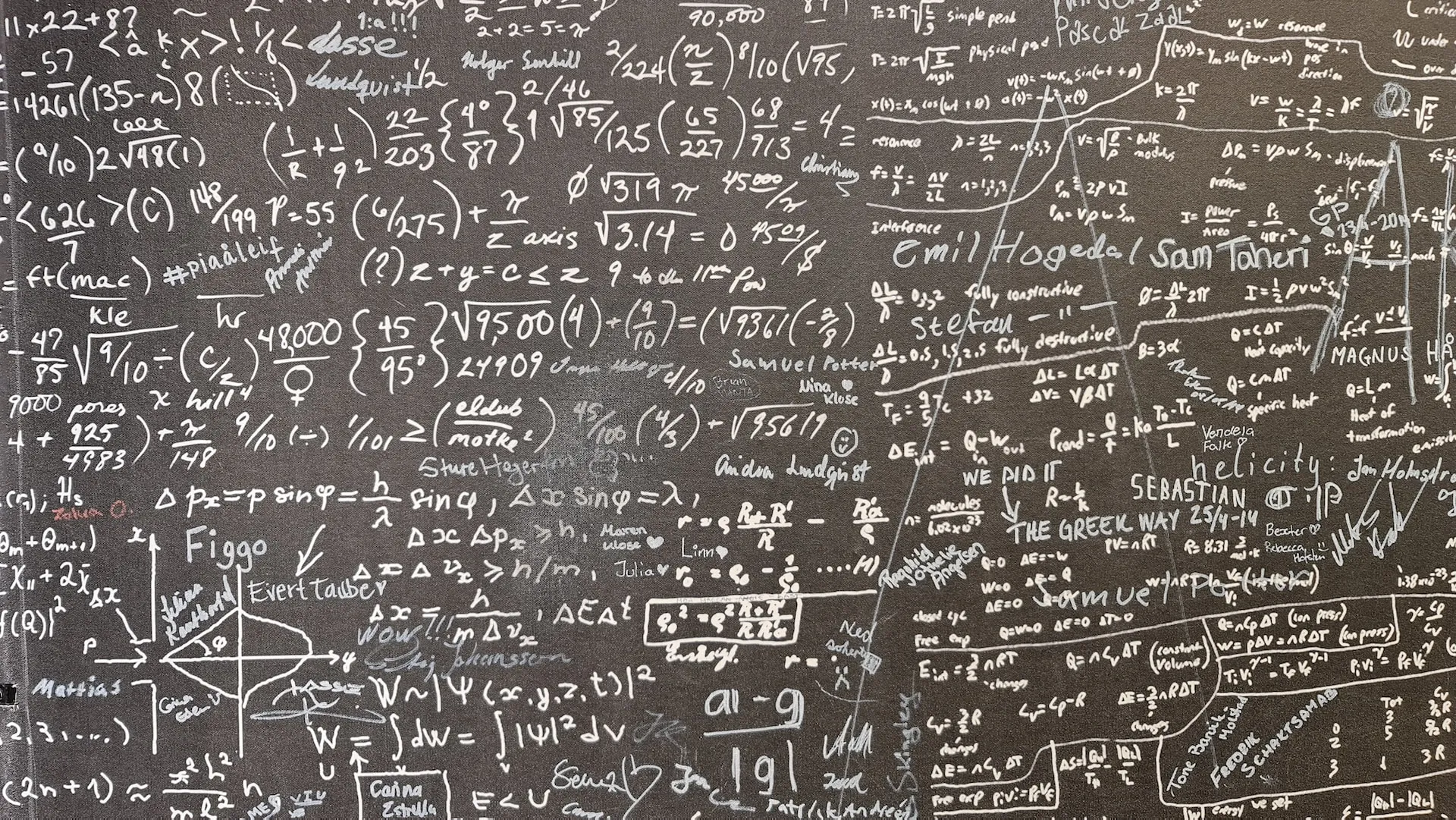Start now or wait ?

The Question.
I was recently in a meeting where we were trying to calculate when to start training an AI model. This reminded me of the problem about when to launch a rocket. I can’t remember what book I first read that question in, but it was when I was quite young, I think 12 or 13. I also can’t remember the exact question either, but it would be something like this.
Imagine the nearest star is 4.25 light years away. You want to launch a probe to reach it as soon as possible. Currently, you can launch a probe at 1% of the speed of light. Each year, rocket technology will improve by 1% of the speed of light. In how many years should you launch your probe to have it arrive as soon as possible.
The question didn’t talk about acceleration of deacceleration, so I will assume the time for the is negligable. The question also didn’t say to ignore relaitivistic effects, but I’m going to do that here (mostly so my brain doesn’t explode).
Option1: Write a Program.
At 12 I didn’t have the mathematical technique to solve this problem. At 20 I had more than enough knowledge to crush it. Now having largely not used those techniques in a long time, I can just about scramble around and get the answer.
You could solve this problem programmatically. 12 year old me would have been able to do something like this, but in a different programming language and with a much less convienient graphing solution.
40 something me does it in Python like this.
import matplotlib.pyplot as plt
YEAR_IN_SECONDS = 31_556_926
SPEED_OF_LIGHT_METRES_PER_SECOND = 299_792.458
DISTANCE_TO_STAR_METRES = 4.25 * YEAR_IN_SECONDS * SPEED_OF_LIGHT_METRES_PER_SECOND
def time_to_star(distance_to_star: float, speed_of_rocket: float) -> float:
return distance_to_star / speed_of_rocket
def time_to_alpha_centauri(year_of_launch: int) -> float:
return (year_of_launch * YEAR_IN_SECONDS) + time_to_star(DISTANCE_TO_STAR_METRES, year_of_launch * 0.01 * SPEED_OF_LIGHT_METRES_PER_SECOND)
def main():
results = {}
for year in range(1, 100):
results[year] = time_to_alpha_centauri(year)
inv_map = {v: k for k, v in results.items()}
print(f"""
You should launch in year {inv_map[min(results.values())]} \
and you will take a total of {min(results.values()) / YEAR_IN_SECONDS} years to reach Alpha Centauri
""")
plt.plot(list(results.keys()), [x / YEAR_IN_SECONDS for x in list(results.values())])
plt.xlabel('Year of Launch')
plt.ylabel('Time to Alpha Centauri (years)')
plt.show()
if __name__ == '__main__':
main()
Option2: Use a Spreadsheet.
You can also plug values into a spreadsheet, and use it similarly to the program above. Click Here for a crude sheet to calculate this.
Option3: A mathematical solution.
- Let T be the time to reach Alpha Centauri.
- Let Y be the number of years to wait until launch.
- Let D be the distance to Alpha Centauri (in light years).
- Let C be 1, ths speed of light in a vacuum (in light years per year).
While c is the speed of light in a vacuum (in metres per second), we can make the calculations simpler if we measure speed as light years per year, and so always be 1.
Then we can write T in terms of Y.
But we are interested in the time to reach Alpha Centauri, which is Y. So we want to rearrange
the equation so it is in terms of Y.
And we want to minimise the time to reach Alpha Centauri, so we differentiate with respect to Y.
We substitute in the value of D (4.25) and set dT/dY to zero.
And rearrange this in terms of Y.
And finally substitute in the value of D (4.25).
And the negative solution isn’t useful, so we can ignore it.
This answer matches the programs answer, so we can be extra confident the answer is correct.